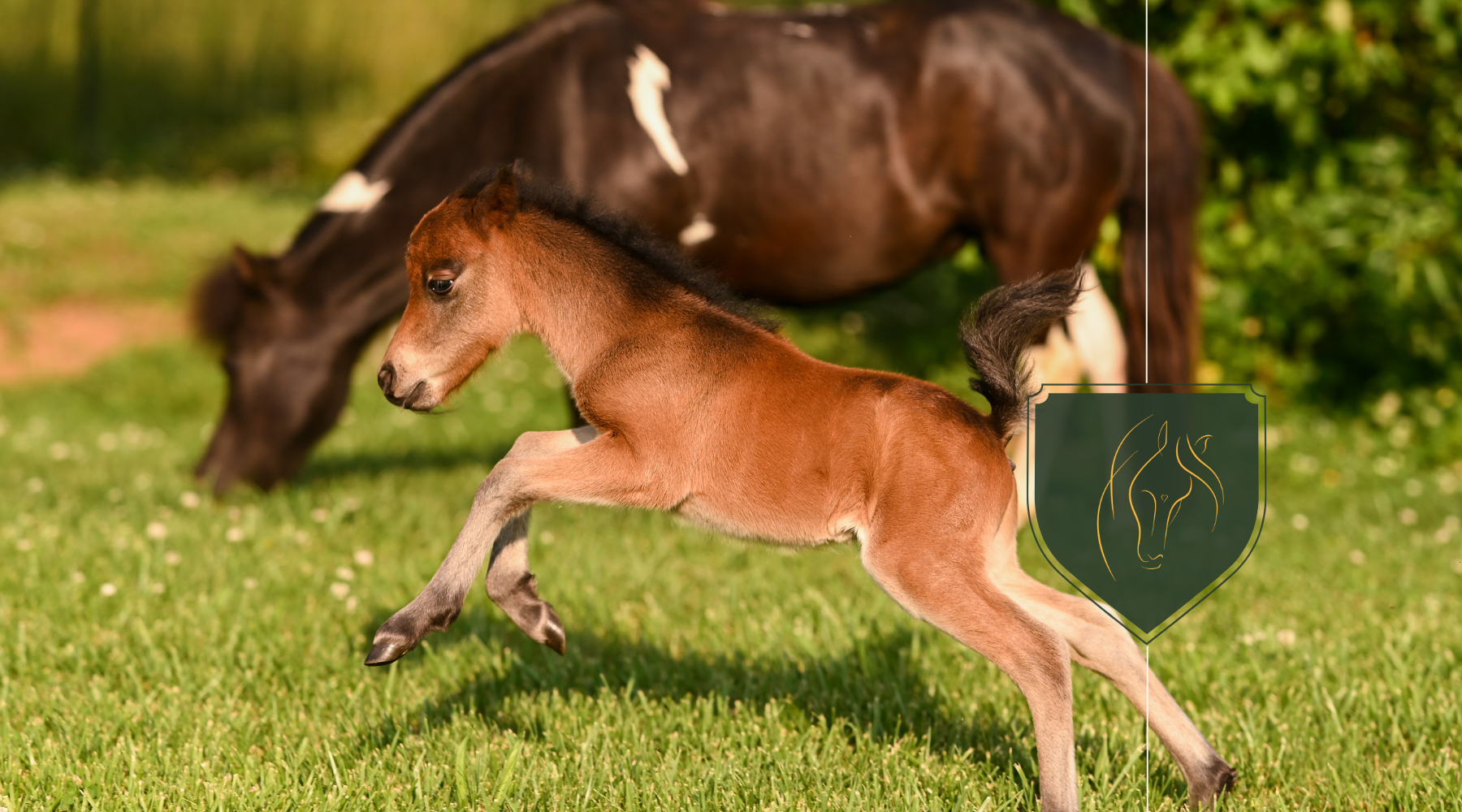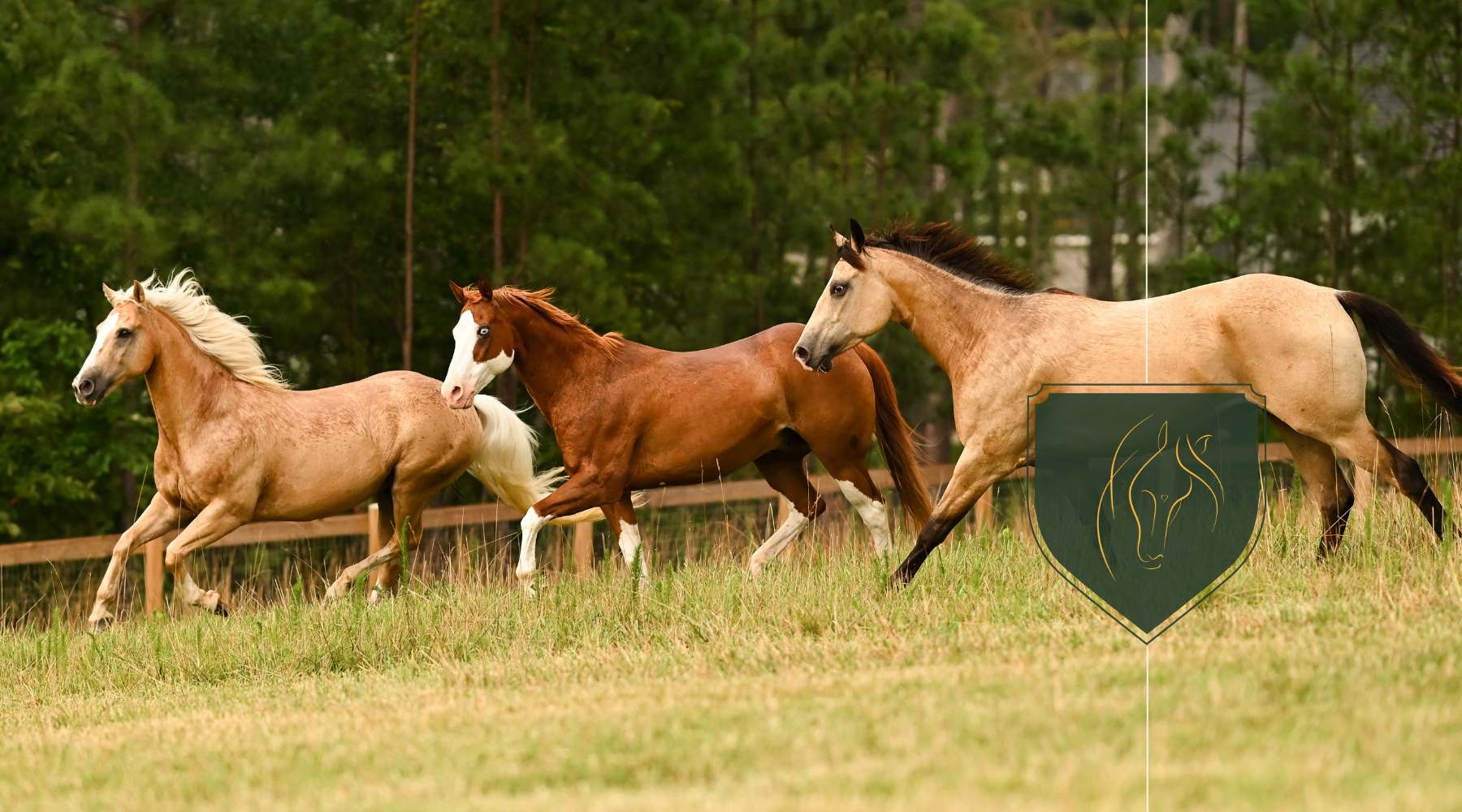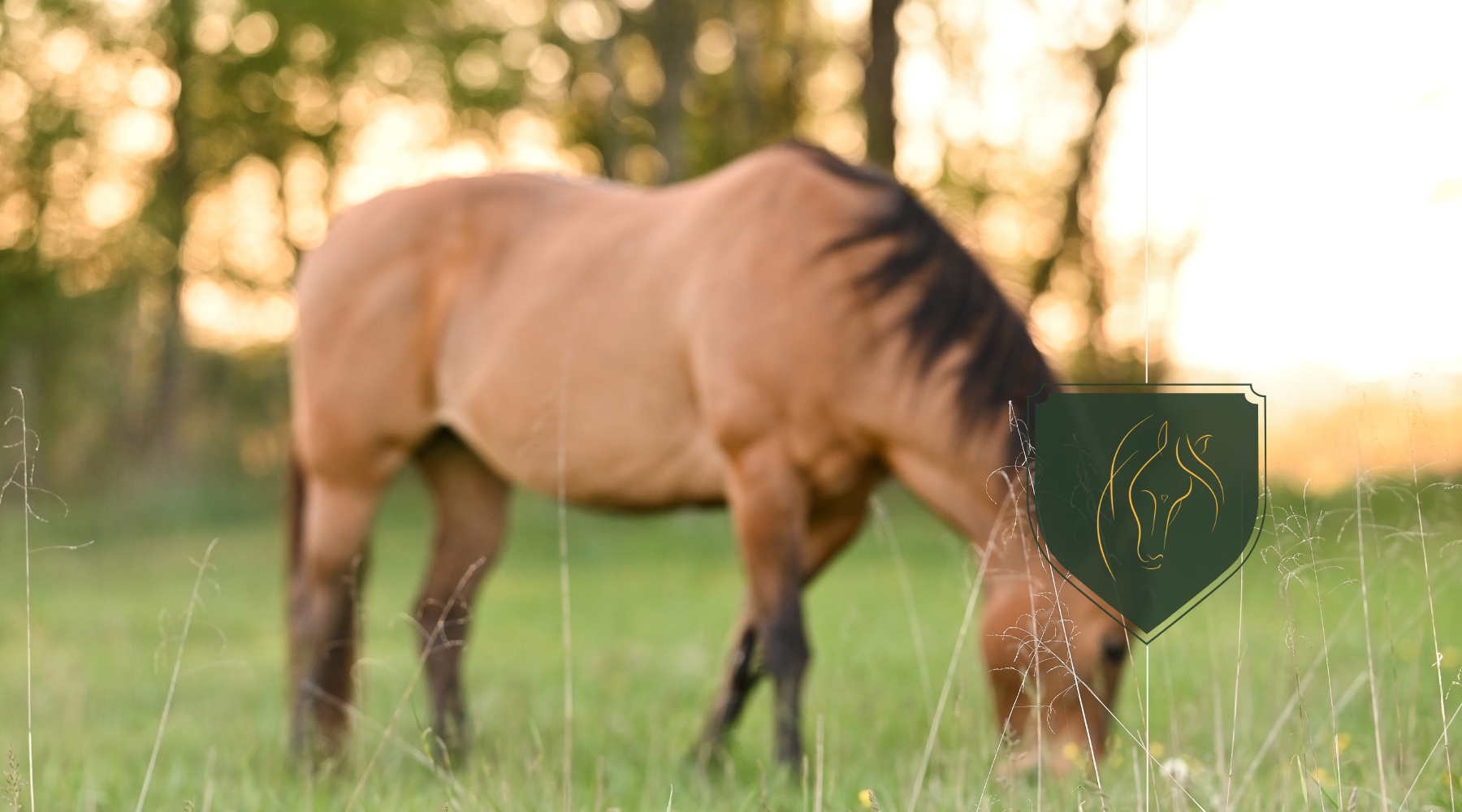When it comes to the miracle of life, horses have a unique timeline that often surprises many. Understanding the gestation period of these majestic animals is crucial for breeders, horse enthusiasts, and anyone curious about equine care. The length of a horse's pregnancy can vary, but there are general guidelines that give us a clear picture.
Diving into the world of equine pregnancy reveals fascinating insights into the care, health, and preparation needed for a successful birth. Whether you're a seasoned horse owner or simply intrigued by these beautiful creatures, knowing how long horses are pregnant is the first step in appreciating the complexity and wonder of their reproductive journey.
Importance of Knowing Horse Gestation Period
For those involved in the equine industry, especially members of The Equine Institute, understanding the gestation period of horses holds significant importance. This knowledge not only impacts the health and well-being of a mare during pregnancy but also prepares owners and breeders for the birthing process and any potential challenges that might arise.
Proper care and monitoring during pregnancy are paramount. Knowing the gestation period allows for the timely arrangement of veterinary check-ups, ensuring the health of both mare and foal is closely monitored. These check-ups can detect any complications early on, potentially saving lives and avoiding costly treatments later.
Moreover, being aware of the gestation timeline aids in accurate foaling predictions. This prediction is crucial for breeders who need to prepare the necessary space and tools for a successful birth. The anticipation of the foaling date helps in organizing around-the-clock surveillance to assist the mare during labor if needed.
For students and professionals involved with The Equine Institute, grasping this aspect of equine care enriches their educational journey. It empowers them with the knowledge to manage breeding programs effectively and offer consultancy services about horse reproduction.
Additionally, understanding the length of a horse's pregnancy assists in strategic planning for breeders. Decisions regarding mating dates, participation in competitions, or sale of horses are all influenced by the mare's condition and stage of pregnancy. Such strategic planning ensures that the horses are at their peak condition when it matters most, optimizing their performance and value.
Knowledge of the horse gestation period is not just a matter of curiosity. It's a critical aspect of equine care that impacts the success of breeding, the health of the horses, and the effectiveness of those training in or working within the equine industry.
Factors Affecting Length of Horse Pregnancy
Several critical factors can influence the duration of a horse's pregnancy, making it a complex topic for those involved in the equine industry, including The Equine Institute's members. Understanding these elements is key to managing and optimizing breeding programs effectively.
First and foremost, breed variations play a significant role. While the average gestation period is typically around 340 days, there's considerable variability among different breeds. For example, draft horses might have longer pregnancies compared to lighter breeds.
Environmental conditions also have a substantial impact. Horses bred in more natural, stress-free environments tend to follow a more predictable gestation period. However, extreme weather conditions, such as excessive heat or cold, can alter the expected pregnancy timeline.
Another vital factor is the mare's health and age. Older mares or those with health issues may experience longer or sometimes shorter pregnancy durations. It's imperative for breeders to provide optimal care, ensuring a balanced diet and regular veterinary check-ups to monitor the mare's health throughout her pregnancy.
Nutrition is yet another crucial element. A well-balanced diet enriched with essential vitamins and minerals can significantly support the mare's pregnancy, potentially influencing its duration. Insufficient nutrition, on the other hand, might lead to complications that could alter the gestation length.
Finally, the lighting conditions under which mares are kept can influence their reproductive cycles. Studies have shown that mares exposed to more natural light tend to have more regular cycles and potentially more predictable pregnancy lengths.
Recognizing and managing these factors are fundamental for anyone involved in horse breeding and care. Members of The Equine Institute are encouraged to integrate this knowledge into their practices, ensuring the health and well-being of both mares and foals throughout the gestation period.
Average Duration of Horse Pregnancy
Horse pregnancy, or gestation, typically spans from 340 to 342 days for most breeds. However, this duration can range widely, from about 320 to 365 days, depending on various factors, including breed, age, health, and environmental conditions. Members of The Equine Institute, with their deep understanding of equine care, note that thoroughbreds tend to have slightly shorter gestation periods, while draft breeds might carry a few days longer.
Factors Influencing Gestation Length
Several key factors influence the length of a horse's pregnancy:
-
Breed: As mentioned, different horse breeds may have slightly different average gestation periods.
-
Age: Older mares might have slightly longer pregnancies.
-
Health and Nutrition: The mare's overall health and nutrition significantly affect pregnancy length.
-
Environmental Conditions: Seasonal changes and lighting can influence gestation duration.
Understanding these factors allows breeders to anticipate the foaling date more accurately. Predicting this date is crucial for providing the mare with the appropriate care and preparation for a successful birth.
Monitoring Mare Health During Pregnancy
Monitoring the health of a pregnant mare is essential, including regular vet check-ups with ultrasound exams to track the foal's development. A balanced diet, particularly crucial in the last trimester, supports both mare and foal's nutritional needs. The Equine Institute highlights tailored nutrition as key to healthy development. Given the variability in gestation periods, adaptability and observation are vital for those caring for pregnant mares to ensure a successful pregnancy and foaling experience.
Signs of a Pregnant Mare
Recognizing the signs of pregnancy in mares is critical for breeders and equine enthusiasts alike. Early detection of pregnancy allows for optimal care and monitoring throughout the gestational period. Mares exhibit several physical and behavioral cues that hint at their condition, but these signs can vary widely among individuals.
Physical Changes in Early Pregnancy
In the initial stages of pregnancy, subtle changes might go unnoticed. However, as the pregnancy progresses, more noticeable signs become evident. A pregnant mare might show:
-
Enlarged abdomen: This is more noticeable as the foal grows and can be a clear sign of pregnancy.
-
Udder development: Mares may start to develop their udder as early as two to three months into pregnancy, but significant changes usually occur in the last month.
-
Changes in body condition: Pregnant mares often gain weight and may exhibit changes in their coat condition, appearing more lustrous.
Behavioral Changes
Apart from physical changes, pregnant mares might exhibit certain behavioral changes, including:
-
Changed appetite: Increased or decreased appetite might be observed.
-
Altered social behavior: Some mares might become more aloof or, conversely, more sociable.
-
Mood swings: Fluctuations in mood are not uncommon.
Veterinary Confirmation
While these signs can suggest pregnancy, definitive confirmation comes from a veterinary examination. Veterinarians use:
-
Ultrasound: May detect pregnancy as early as 14 days post-breeding.
-
Palpation: Generally performed after 30 days of gestation.
-
Blood tests: Can confirm pregnancy through hormonal analysis.
Awareness of these signs, combined with regular veterinary check-ups, ensures that mares receive the necessary care throughout their pregnancy. Monitoring these signs closely aids breeders and caretakers in adjusting care to effectively meet the needs of the pregnant mare.
Conclusion
Understanding the duration and signs of pregnancy in horses is essential for providing the best care to mares during this critical period. By recognizing the physical and behavioral changes early on and confirming pregnancy through veterinary methods, breeders and caretakers can ensure the health and well-being of both the mare and her foal. Regular veterinary check-ups play a pivotal role in monitoring the pregnancy's progress and preparing for a successful foaling. Armed with this knowledge, horse owners can navigate the challenges of equine pregnancy with confidence and ease.
Frequently Asked Questions
How can you tell if a mare is pregnant?
Physical signs of pregnancy in mares include an enlarged abdomen and udder development. Behavioral changes may also occur, such as shifts in appetite, social interactions, and mood swings. However, veterinary confirmation through methods like ultrasound, palpation, and blood tests is necessary for a definitive diagnosis.
What changes occur in a pregnant mare's body?
A pregnant mare's body undergoes several changes, including an enlarged abdomen and udder development. These physical changes are accompanied by potential shifts in body condition, indicating the mare's nutritional needs may have increased or changed due to pregnancy.
What behavioral changes can indicate a mare is pregnant?
Pregnant mares may exhibit altered appetite, show differences in how they interact with other horses, and experience mood swings. These behavioral changes are not definitive signs of pregnancy but can suggest the need for a veterinary examination to confirm.



Leave a comment
This site is protected by hCaptcha and the hCaptcha Privacy Policy and Terms of Service apply.